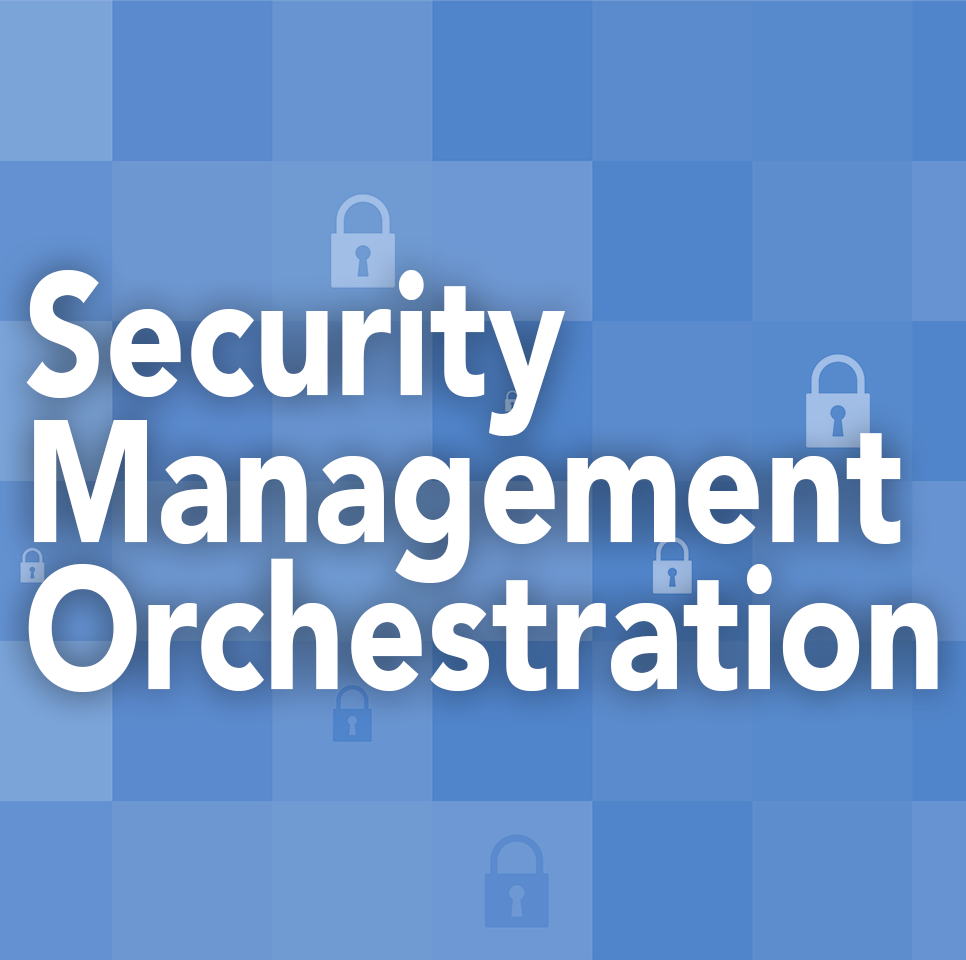What is the difference between Security Management Orchestration™ (SMO) and Security Orchestration, Automation, and Response (SOAR)
What is Security Management Orchestration™?
2 min read
 Randy Lindberg
:
20 Apr 2022
Randy Lindberg
:
20 Apr 2022

“Together, the Cybersecurity Workforce Estimate and Cybersecurity Workforce Gap suggest the global cybersecurity workforce needs to grow 65% to effectively defend organizations’ critical assets.”
- (ISC)2 CYBERSECURITY WORKFORCE STUDY, 2021
The good news is that in 2021 more than 700,000 people joined the ranks of cybersecurity professionals worldwide. That’s a decrease in the workforce gap from 3.12 million down to 2.72 million. The not so good news is that even with this influx, demand continues to outpace the supply of talent. According to (ISC)2‘s Cybersecurity Workforce study, globally, we still need to grow the cybersecurity workforce by 65% to mount the proper defense against today’s threats.
Typically, we’re used to threats such as malware, ransomware, phishing, and spam, but now we have to examine the additional threat of not enough manpower. Two-thirds (60%) of study participants reported a cybersecurity staffing shortage is placing their organization at risk.
One way organizations are mitigating against the staffing shortage risk is investing in technology. When study participants were asked about what tech they will be investing in over the next year 38% anticipate an increased use of cloud service providers, 37% anticipate increased use of intelligence and automation for manual cybersecurity tasks, and 37% anticipate applying intelligence and automation to existing processes.
Most cybersecurity departments are looking to expand with full-time employees because so much of the industry’s outdated approach is very manual. These traditional approaches to IT security have a hard time keeping pace with today’s threat landscape. As we can see from the study results, cybersecurity professionals are looking for ways automation can help them.
Not only is automation a solution for the talent shortage, but it also increases the efficiency and effectiveness of your cybersecurity program. There is less chance for error and missed tasks when the human element is removed, and it also yields more time for your team to focus on high-value tasks instead of the mundane. When using automation to its fullest, you’ll have an even smaller workforce gap compared to those still trying to accomplish everything manually.
Data security management automation is still pretty new to the industry. Although most professionals have a wishlist of what they would like to automate, most don’t know that there is software out there today that can actually do it.
Let’s look at some of the things you can automate in your cybersecurity program.
Now that we know what we can and should be automating, the question is how? The answer is using Security Management Orchestration (SMO)™. SMO is technology that allows organizations to manage cybersecurity in a holistic and integrated way. SMO focuses on the following in order to create behaviors that continuously improve security.
Right now, there is only one SMO solution available to achieve this level of automation, the Rivial Platform.
One of the most valuable benefits of using Security Management Orchestration in your organization is the freeing up of time and resources. When you can leverage software to carry out the grunt work and automate tasks that save you hours each week, you’re left with time that can be reallocated to high-priority items. Yes, it’s true that the Rivial Platform doesn’t eliminate the need for all humans from your program (not yet anyhow, wink wink), but it absolutely streamlines cybersecurity management in a way that accomplishes more with less.
New and modern approaches to managing cybersecurity are the only way we will be able to keep up with and get ahead of threats. Utilizing automations are a cost effective way to work around today's cybersecurity skills shortage and result in a more mature cybersecurity program.
If you want to learn more about Rivial Data Security’s Rivial Platform, join us for a demo webinar held every Wednesday. Register here.

What is Security Management Orchestration™?

Security Management Orchestration

1 min read
Here are the key takeaways from this blog: Struggling with Weak WiFi? Adding wireless access points can eliminate dead zones and boost signal...